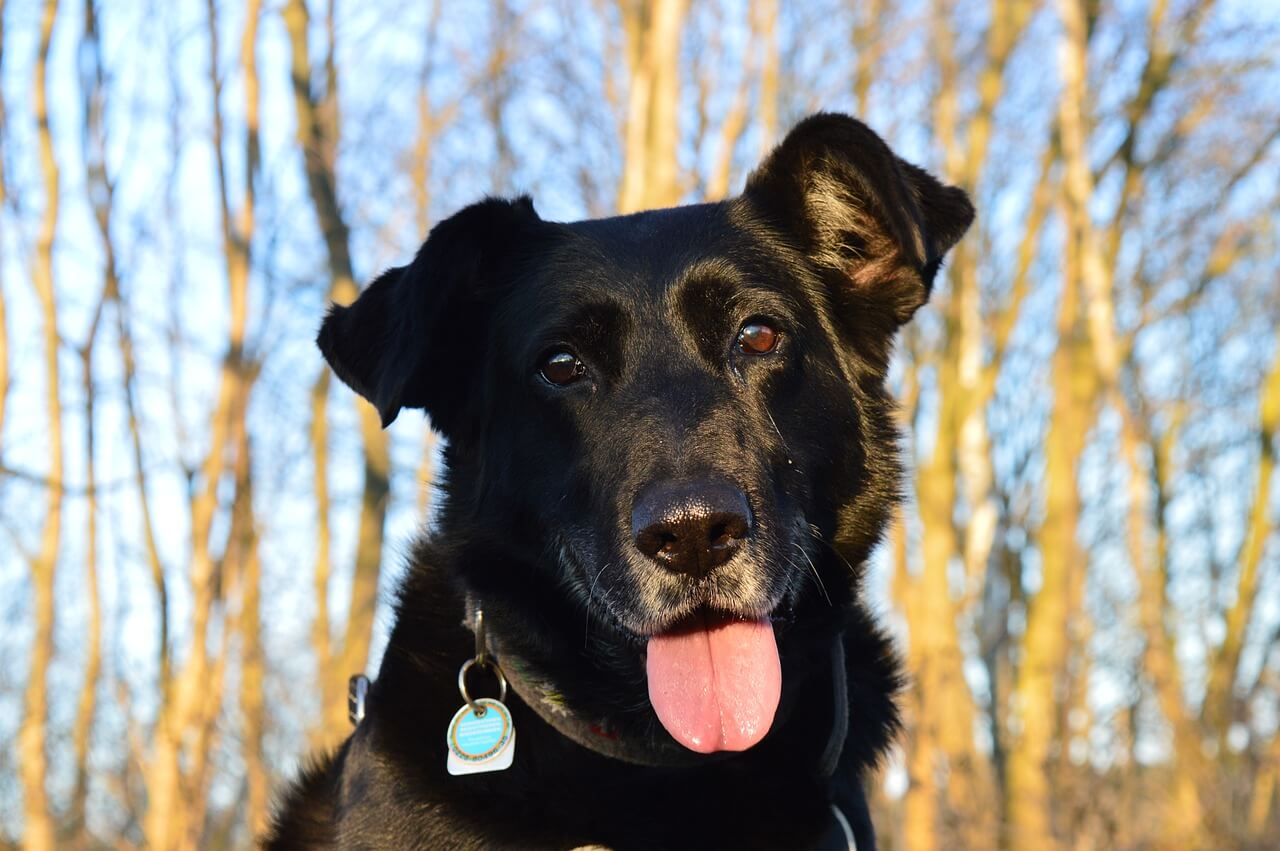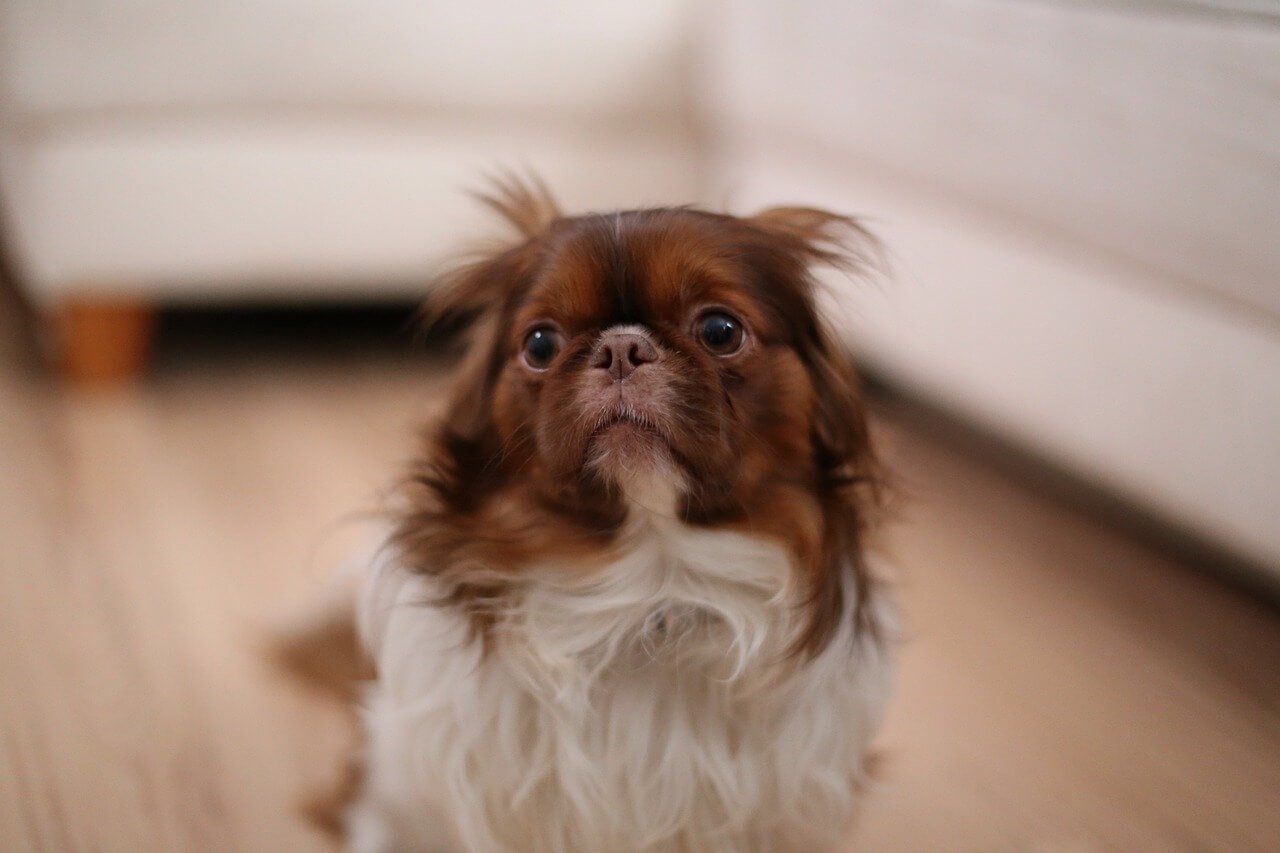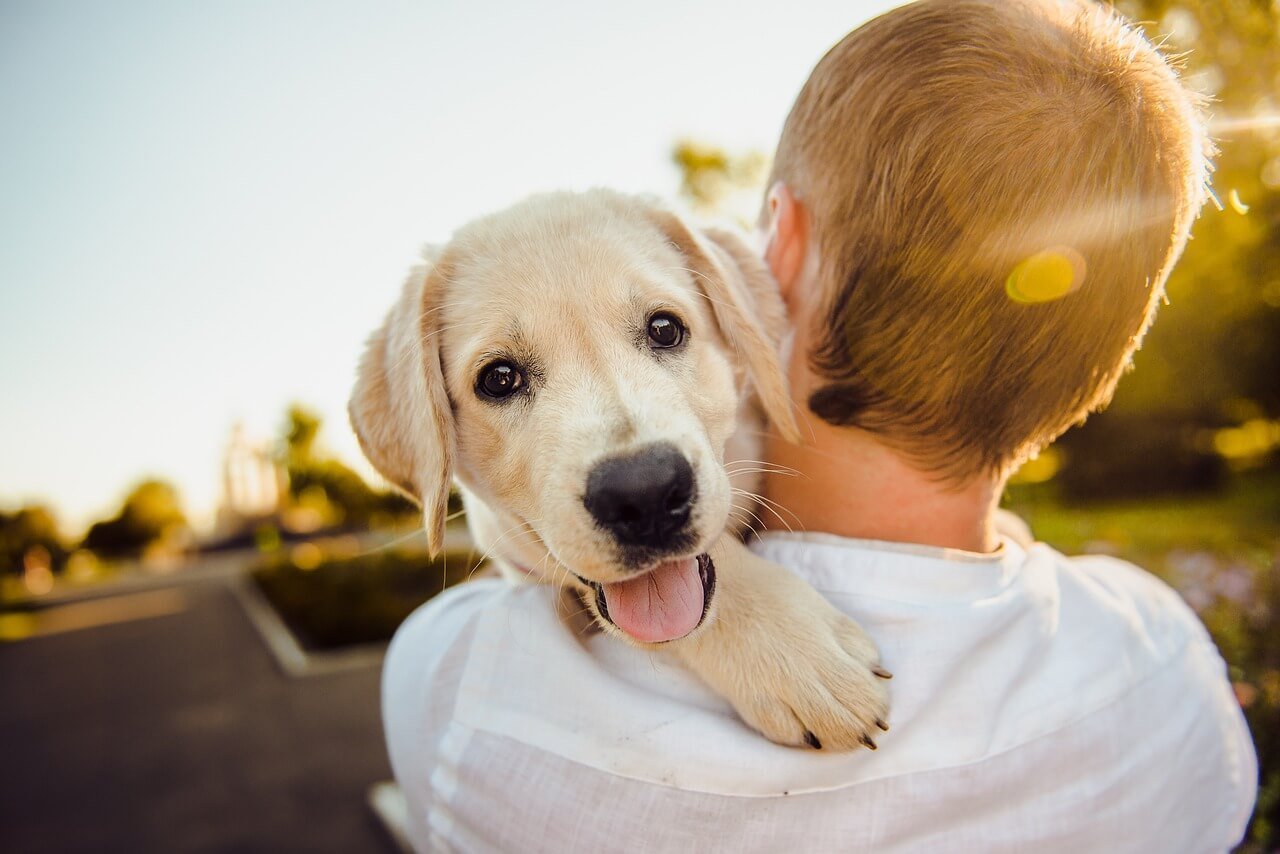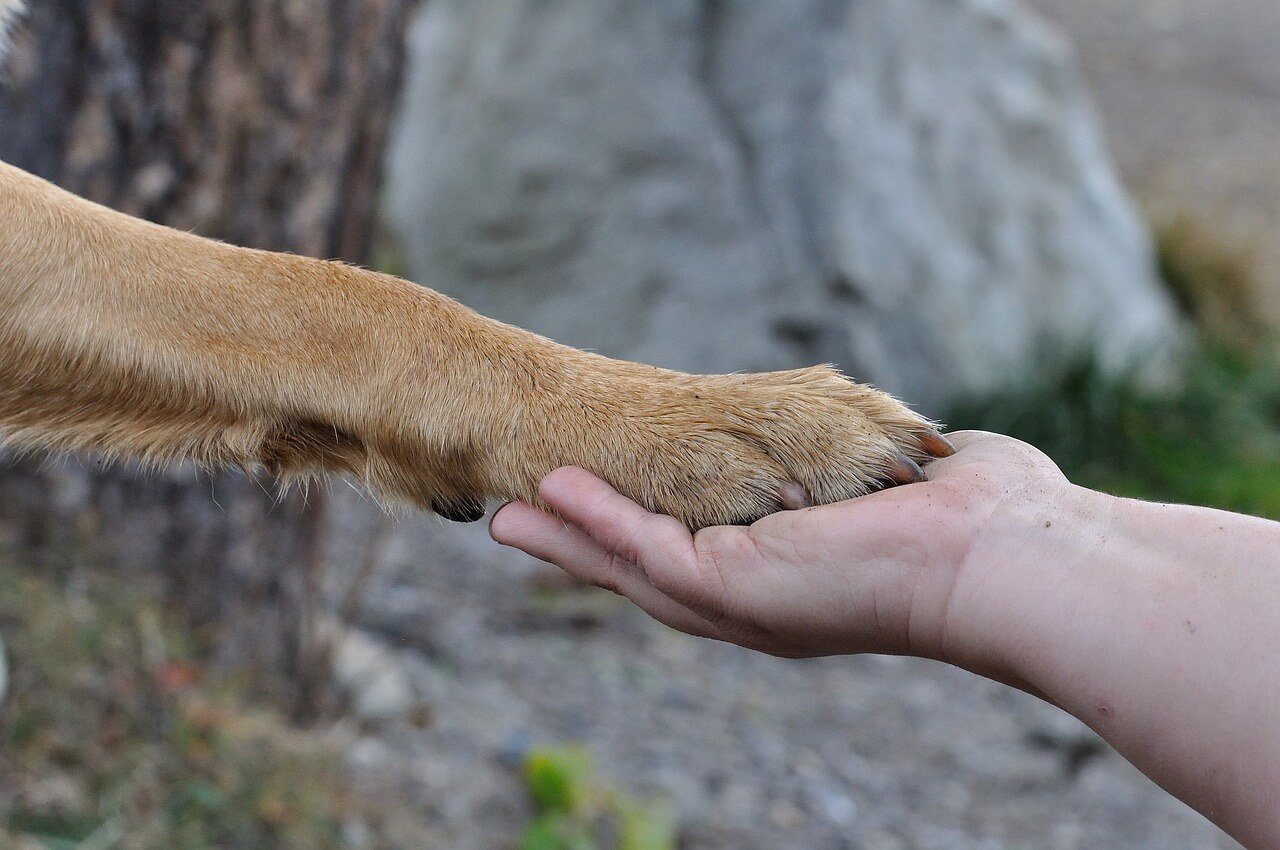Every dog owner recognizes the familiar sight and sound of their furry companion panting away. That wide-open mouth, the tongue lolling to the side, and quick breaths are iconic aspects of our beloved pets. But have you ever paused in the midst of a belly rub or a game of fetch to wonder, why exactly do dogs pant? Is it merely a response to heat, or is there more to this common canine behavior?
The Science of Panting
It's a sweltering summer day. You glance over at your Golden Retriever, who's just come back from a spirited game of fetch, and notice the rapid panting. As an inherent response to the heat, your dog is employing their natural cooling system. Unlike humans, dogs have minimal sweat glands, primarily located in their paw pads. This feature leaves them somewhat disadvantaged when it comes to cooling off.
Panting is their clever solution to this challenge. When dogs pant, they evaporate moisture from the tongue, throat, and lining of the lungs, effectively expelling heat from their bodies. But that's not all; the act of panting also circulates the necessary cool air throughout their system, vital for maintaining a safe body temperature.
However, panting isn't solely a matter of thermoregulation. It can also be a form of communication or a signal that there's something more going on beneath the surface. For instance, breeds known for their boundless energy and work ethic, such as the Siberian Husky, often exhibit panting behavior during their routine activities.
Other Reasons Dogs Pant
While we've established that panting helps dogs regulate their body temperature, it's essential to recognize that not all panting is heat-related. Sometimes, our furry friends communicate through panting during moments that have little to do with temperature. Let's uncover these scenarios to get a well-rounded understanding of our pets' behavior.
Stress and Anxiety
Just like humans, dogs experience stress and anxiety. During thunderstorms, fireworks, or in unfamiliar environments, dogs might start panting. This behavior is a clear indication of discomfort. Interestingly, products like a calming dog bed can provide your pet with a safe space, significantly reducing anxiety-induced panting.
Excitement or Happiness
Ever noticed your Boxer dog panting at the sight of a leash or your Beagle breaking into a pant when it’s playtime? Panting can be a sheer expression of joy! Dogs often pant when they're gearing up for a fun activity, signaling their excitement without a single bark.
Medical Issues
Not all panting is benign. Sometimes it can be an indication of health concerns such, as heart conditions, respiratory ailments or even long term illnesses. Certain breeds like Rottweiler dogs are susceptible to specific conditions that could be signaled by excessive panting. Keeping up with vet appointments and being attentive, to any panting habits can contribute to maintaining your dogs overall well being.
Pain or Discomfort
Dogs aren't the best at communicating pain. Instead of yelping, some dogs might pant when they're uncomfortable or hurting. If the panting is constant, heavy, and isn't related to physical activity or warm temperatures, you'll want to consult your vet.
Medications or Diet
Certain medications can cause increased panting. Different types of diets can potentially cause this kind of behavior. It's always advisable to have a conversation, with a veterinarian about your dogs panting especially if there has been any change, in their medication or food intake.
Keeping Your Panting Pooch Comfortable and Healthy
Now that we've explored the multifaceted reasons dogs pant, it's time to focus on what you, as a dedicated pet parent, can do to ensure your dog's utmost comfort and well-being. Recognizing the signs that differentiate normal panting from a potential health issue is the first step, but there's more to consider. From creating a safe, calming environment to knowing when to seek veterinary help, here's how you can support your panting pooch.
Create a Comfortable Environment
Whether it's scorching summer heat or just an overly excited Labrador Retriever, ensuring your home environment is cool and comfortable is paramount. Consider investing in dog car accessories for those road trips or orthopedic dog beds to provide body support. Making additions, to your home can have an impact, on the comfort and anxiety levels of your beloved canine companion.
Hydration is Key
Panting dogs lose moisture, and rehydration is crucial. Always ensure your dog has easy access to fresh water. Whether you’re at home or on the go, products like portable dog bowls or dog feeders are fantastic accessories to encourage regular hydration.
Regular Health Checks
Sudden changes in your dog's behavior, including excessive panting, should prompt a visit to the veterinarian. Regular check ups are important to detect any health problems early, in dog breeds that are susceptible to specific ailments such as heart conditions, which are common, in Boxer dogs.
Consider Their Diet
Could your Siberian Husky's new diet be the reason behind their increased panting? Knowing the side effects of foods and being mindful of their portions will ensure your dog isn't panting due to dietary discomfort.
Understand Your Dog’s Breed and Characteristics
Each breed comes with a unique set of characteristics and health predispositions. For example, brachycephalic breeds like the French Bulldog are more prone to respiratory issues and might pant more often or more easily. Educating yourself about your dog's specific needs makes all the difference.
Frequently Asked Questions
Navigating the world of dog ownership often brings up questions that might seem puzzling. Why does your furry friend chase its tail, or why is it panting despite the cool weather? In this section we will. Discuss questions that often arise regarding your dog's behavior and well-being. We'll provide you with information and insights. So let's get started and find the answers you're looking for!
Why Do Dogs Chase Their Tails?
It's a question as old as time, or at least as old as domesticated dogs. Tail chasing can be a normal playful behavior, especially in puppies. However, if your adult dog suddenly takes up tail chasing, it could indicate issues ranging from boredom to a health concern.
Are Certain Breeds More Prone to Health Issues That Cause Panting?
Absolutely. Breeds with flat faces and short noses, known as brachycephalic breeds (like the adorable French Bulldog), often have breathing challenges, making them more prone to panting. Similarly, large breeds like Rottweiler dogs can have heart issues that might lead to increased panting.
How Can I Make Car Rides More Comfortable for My Dog?
Many dogs get anxious or overly excited in the car, leading to panting. Ensuring their comfort can help. Consider investing in specialized dog car accessories or create a cozy, familiar space with their favorite calming dog bed in the vehicle. It’s also important to never leave your dog alone in a car, especially in extreme weather conditions.
How Often Should I Take My Dog for Health Check-Ups?
Regular check-ups are crucial for your dog's overall health. Puppies should visit the vet quite frequently in their first year, while adult dogs need regular annual checkups. However, for senior dogs or breeds prone to specific issues, like Boxer dogs, more frequent visits might be necessary. Always monitor for any unusual behaviors, including excessive panting, as they might warrant a special visit.
Conclusion
Understanding your dog requires keen observation and a dash of know-how. From deciphering their playful antics to recognizing a health red flag, every pant, tail wag, and bark tells a story. By staying up, to date seeking advice from your veterinarian and ensuring an environment for your friend you become more than just a pet owner – you become a true companion on your dogs incredible journey, through life.







